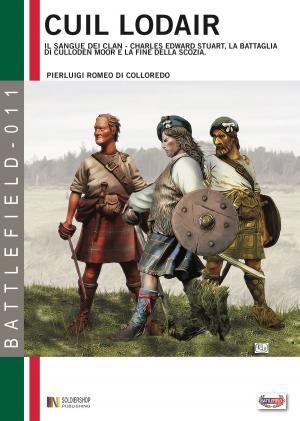A Handbook of Illustration
Nonfiction, Science & Nature, Technology, Drafting & Mechanical Drawing, History, Reference, Study & Teaching, Modern, 18th Century| Author: | A. Horsley Hinton | ISBN: | 1230000218562 |
| Publisher: | DAWBARN & WARD, LIMITED | Publication: | February 14, 2014 |
| Imprint: | Language: | English |
| Author: | A. Horsley Hinton |
| ISBN: | 1230000218562 |
| Publisher: | DAWBARN & WARD, LIMITED |
| Publication: | February 14, 2014 |
| Imprint: | |
| Language: | English |
A Handbook of Illustration
This may be said to be the primary and normal function of an Illustration. Throughout the pages of this book, and to whatever extent the student may practise the methods herein described, it may be well to keep very clearly in mind the legitimate function of an illustration, namely: to describe, to portray, and to do this chiefly as an auxiliary to written language.
To such a kind belongs the rude scratchings of the primæval man, whose limited powers of speech forbade his adequately describing the forms of those creatures whose pursuit meant life, whose disregard would mean death, and of such kind were the hieroglyphics of the East. Nay, who shall say that the very forms of letters themselves are not the outcome of early effort to convey to the eye of another what might otherwise only have been imperfectly communicated through other senses: a means to an end; a servant, a tool, in the hands of him who would wield it.
But in the beginning there was a making of drawings and designs which had another purpose. The gourd, or rough clay vessel, was graved and marked with devices and forms suggested by the curves and shapes in Nature, but this was merely for decoration; to please the eye, and not to serve any purpose but to give pleasure. A means to an end in this sense perhaps, but note that the end was in the commencement of it, and went no further after completion; it gave pleasure to the beholder and no more, and nothing more was intended or asked. Thus was Art born—not to teach, nor to explain, nor to illustrate.
A Handbook of Illustration
This may be said to be the primary and normal function of an Illustration. Throughout the pages of this book, and to whatever extent the student may practise the methods herein described, it may be well to keep very clearly in mind the legitimate function of an illustration, namely: to describe, to portray, and to do this chiefly as an auxiliary to written language.
To such a kind belongs the rude scratchings of the primæval man, whose limited powers of speech forbade his adequately describing the forms of those creatures whose pursuit meant life, whose disregard would mean death, and of such kind were the hieroglyphics of the East. Nay, who shall say that the very forms of letters themselves are not the outcome of early effort to convey to the eye of another what might otherwise only have been imperfectly communicated through other senses: a means to an end; a servant, a tool, in the hands of him who would wield it.
But in the beginning there was a making of drawings and designs which had another purpose. The gourd, or rough clay vessel, was graved and marked with devices and forms suggested by the curves and shapes in Nature, but this was merely for decoration; to please the eye, and not to serve any purpose but to give pleasure. A means to an end in this sense perhaps, but note that the end was in the commencement of it, and went no further after completion; it gave pleasure to the beholder and no more, and nothing more was intended or asked. Thus was Art born—not to teach, nor to explain, nor to illustrate.















